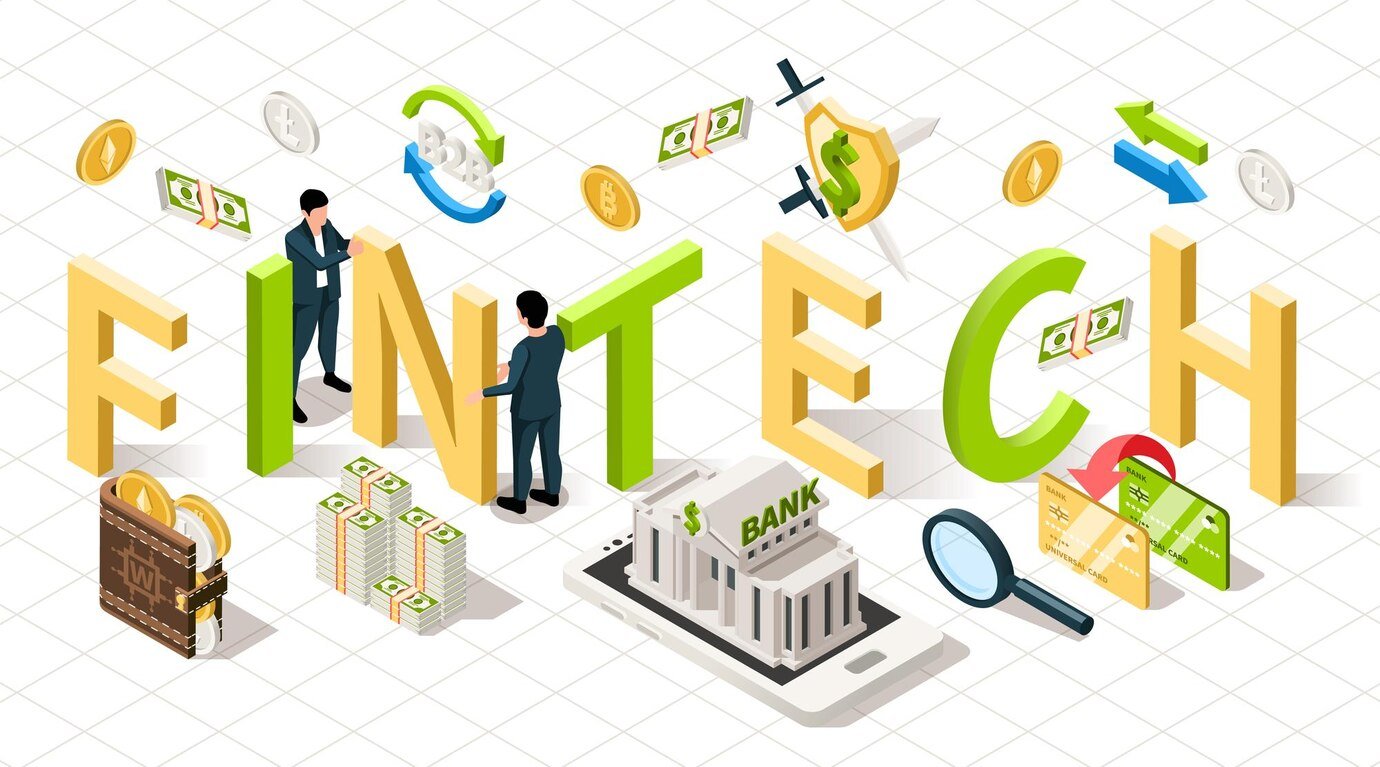What are the six main types of Fintech? How do they work?
If you’ve ever split a dinner check on Venmo, dabbled in cryptocurrency via a mobile app, or managed your budget digitally, you’ve harnessed the capabilities of fintech. The percentage of US consumers using financial technology surged from 58% in 2020 to 80% in 2022, surpassing social media usage. While there was a minor drop from 2021 to 2022, fintech now ranks just behind the internet in consumer technology adoption. This growth is reshaping the financial landscape, providing easier access to money and offering innovative ways to share, save, invest, and manage finances.
Fintech benefits both the well-served and underserved, cementing its place as a permanent fixture in our lives. This article delves into fintech and its functioning, profiles top fintech companies, and examines their transformative impact on the financial industry.
Fintech is a rapidly evolving field with continuous innovations. A course can keep you updated on the latest trends, emerging technologies, and market dynamics, ensuring you stay current with the industry’s rapid changes. Fintech courses provide in-depth insights into the various subfields within the fintech sector, such as digital payments, blockchain, peer-to-peer lending, insurance, and more. This comprehensive knowledge equips you with a well-rounded understanding of the industry.
What Is Fintech
Fintech, short for financial technology, refers to the innovative use of technology to enhance and streamline financial services. It encompasses many digital tools, platforms, and applications that leverage cutting-edge technology, such as mobile apps, blockchain, artificial intelligence, and big data, to provide efficient, user-friendly, and often cost-effective solutions for various financial activities. Fintech solutions cover mobile payments, online banking, peer-to-peer lending, robo-advisors, cryptocurrency, and more. Fintech has disrupted traditional financial institutions and has become an integral part of modern finance, revolutionizing how individuals and businesses access, manage, and invest their money.
What is the role of fintech, and how does it function?

Fintech encompasses various app types, each functioning uniquely. Some securely access financial account data or enable cross-platform investment tracking. Wealth and financial management apps consolidate data from multiple accounts, offering a convenient snapshot and financial recommendations. Another category includes apps for trading stocks and cryptocurrencies, like Robinhood and Coinbase.
The infrastructure behind fintech apps involves:
APIs: These connect bank accounts to fintech services, facilitating data sharing, fund transfers, and identity verification securely.
Mobile Apps: Fintech companies typically provide mobile apps for on-the-go access to funds and insights.
Web-Based Solutions: Some fintechs offer web-based platforms alongside mobile apps for users to perform the same functions via a web browser.
Fintech, with its APIs and mobile convenience, has transformed daily life. For instance, peer-to-peer money transfers now often occur through apps like Cash App or PayPal rather than traditional methods like cash or check exchanges.
Fintech Categories and Financial Technology Products
Fintech spans various applications within business-to-business (B2B), business-to-consumer (B2C), and peer-to-peer (P2P) markets. Here are a few illustrations of fintech companies and products reshaping the financial services sector.
- Fintech banks: Fintech banks are financial institutions that leverage technology to provide banking services online or through mobile apps. They often operate without physical branches, offering a range of banking services like savings accounts, loans, and payment processing with user-friendly digital interfaces.
- Personal financial management (PFM): PFM refers to software or apps that help individuals manage their finances effectively. These tools provide insights into spending patterns, budgeting, and investment tracking, enabling users to make informed financial decisions.
- Digital payments: Digital payments involve making financial transactions electronically. This includes methods like mobile wallets, contactless payments, and online payment platforms, replacing traditional cash and check transactions for convenience and efficiency.
- Fintech lenders: Fintech lenders are online platforms that use technology to streamline and expedite the lending process. They offer various types of loans, such as personal, business, and peer-to-peer lending, often with quicker approval and more flexible terms than traditional banks.
- Embedded finance: Embedded finance integrates financial services into non-financial platforms or products. For instance, e-commerce websites offer instant point-of-sale financing at checkout, blurring the lines between commerce and finance.
- Wealth management: Wealth management encompasses services aimed at optimizing the financial well-being of individuals and businesses. This includes investment advisory, portfolio management, and financial planning to help clients grow and protect their wealth. Fintech is increasingly disrupting and innovating in this sector with robo-advisors and algorithm-based solutions.
Impact of Financial Technology on Businesses
Fintech has established a pivotal role in consumers’ daily lives by offering a comprehensive range of financial services that cater to various needs. According to a study by Plaid, more than 60% of consumers now manage their finances digitally. Beyond the convenience and reduced fees, fintech empowers financial inclusion by granting access to banking services, like savings accounts and investments, to millions of previously underserved individuals worldwide. It has also prompted traditional financial institutions to consider non-traditional data for credit evaluations, aiding those without established credit in qualifying for loans.
Plaid’s study reveals that fintech is promoting financial inclusivity and social integration. It has even surpassed traditional banking among Hispanic populations in the United States. Notably, 46% of daily fintech users have made progress toward their financial goals in 2022, with four in ten reporting reduced financial stress.
Fintech is catalyzing positive change by altering consumer behaviors, enhancing financial awareness, and expanding available choices. This newfound confidence empowers individuals to take once-challenging actions like investing via mobile devices. Consequently, fintech is paving the way for a more financially liberated and equitable future.
Conclusion:
Fintech’s significance in the modern business landscape is burgeoning rapidly. Its disruptive technologies and innovative solutions are reshaping traditional financial services, making them more efficient and accessible. Fintech streamlines payments, lending, wealth management, and more, fostering financial inclusion.
Pursuing a Fintech course can be ideal for a career in finance due to these trends. As Fintech continues to evolve, professionals with expertise in this field are in high demand. Such courses provide a deep understanding of digital finance, blockchain, data analytics, and cybersecurity, enhancing one’s ability to navigate this dynamic industry. This knowledge equips individuals to capitalize on Fintech’s growing influence and contribute to the financial sector’s transformation.

















